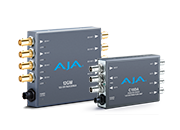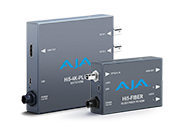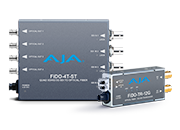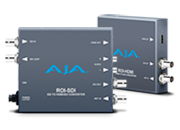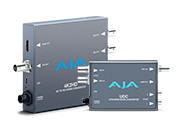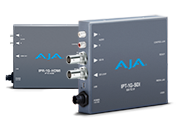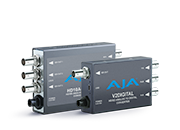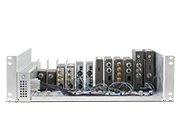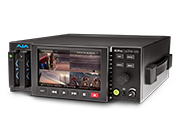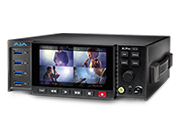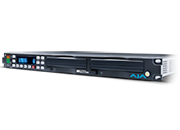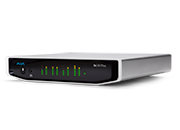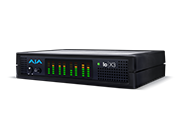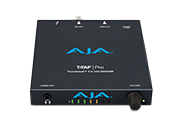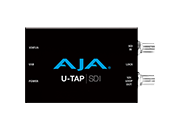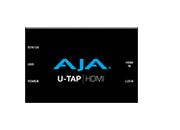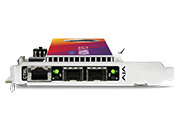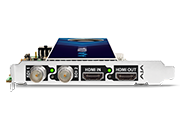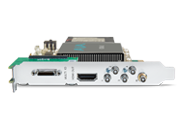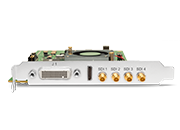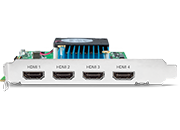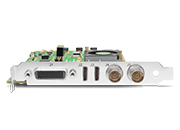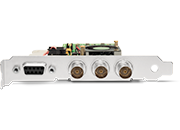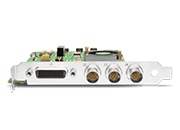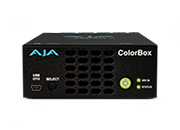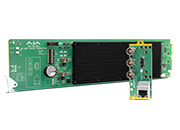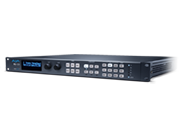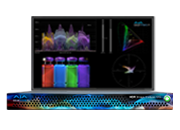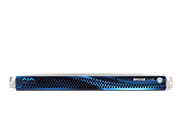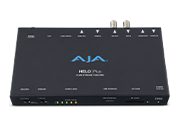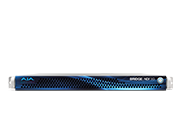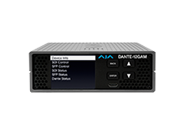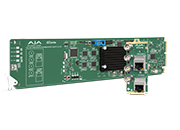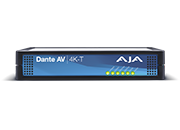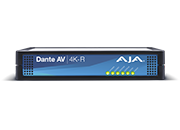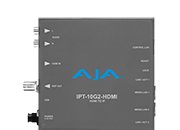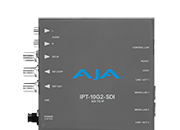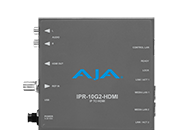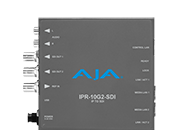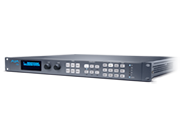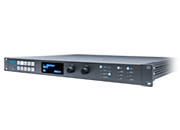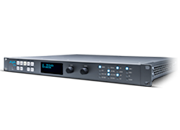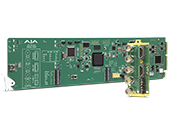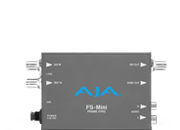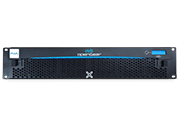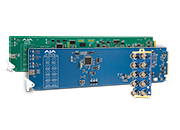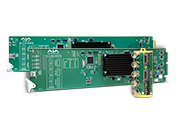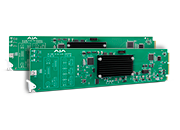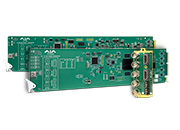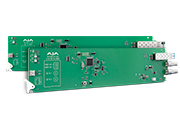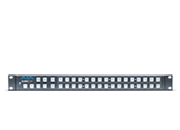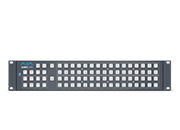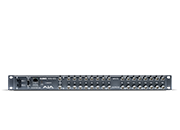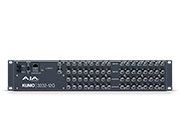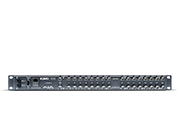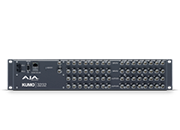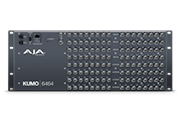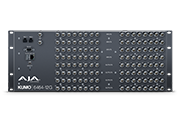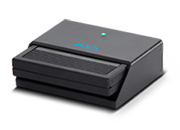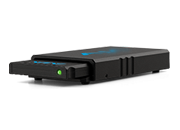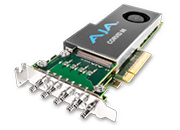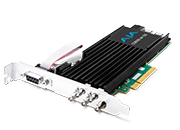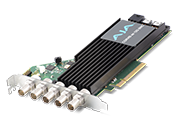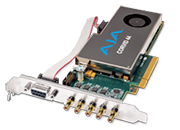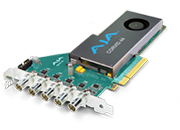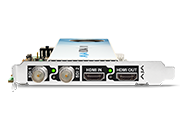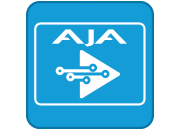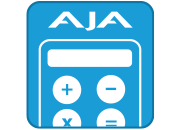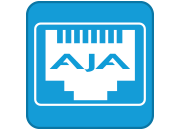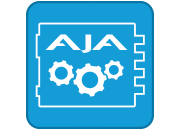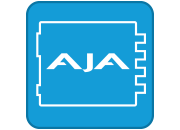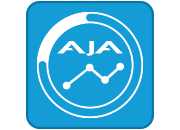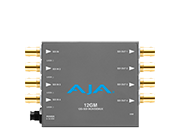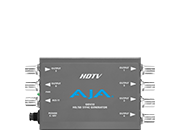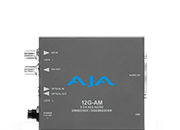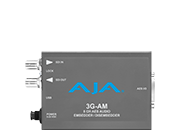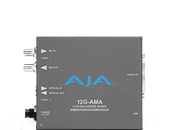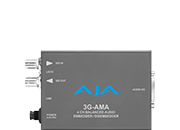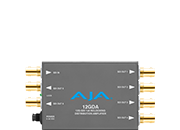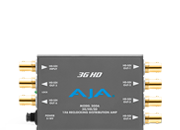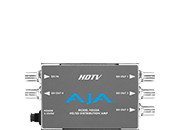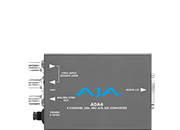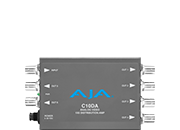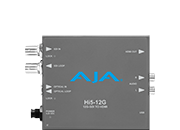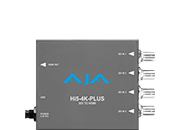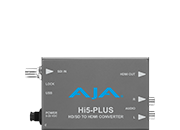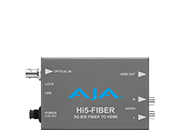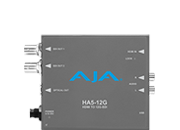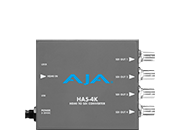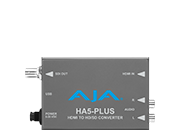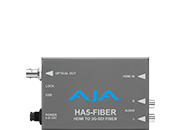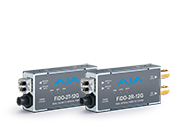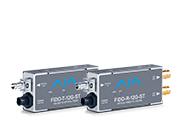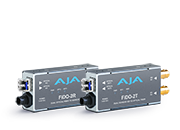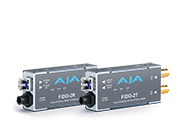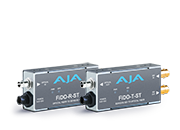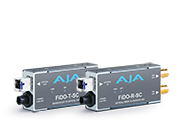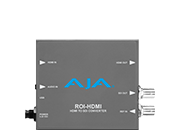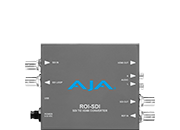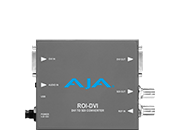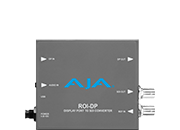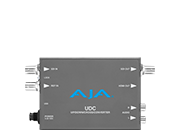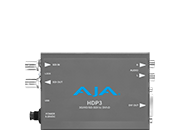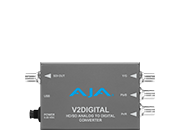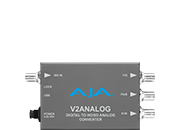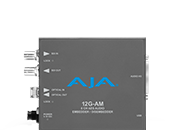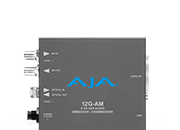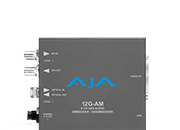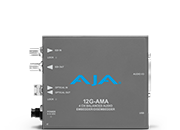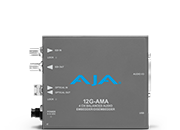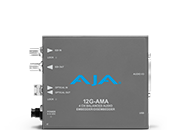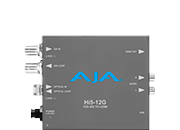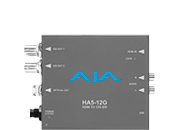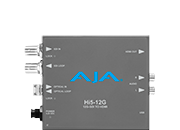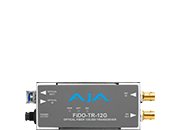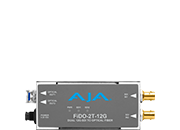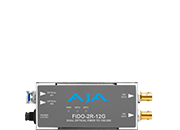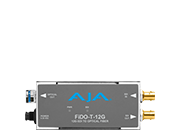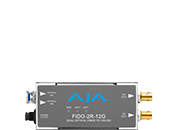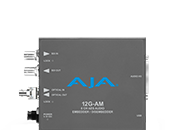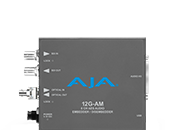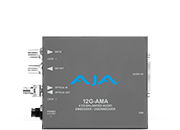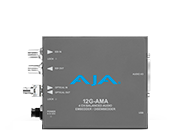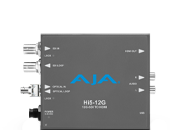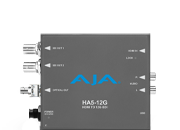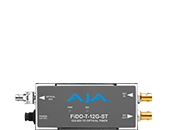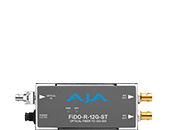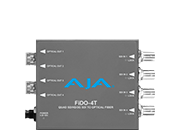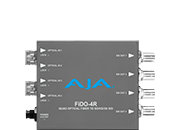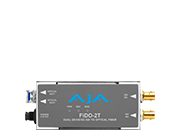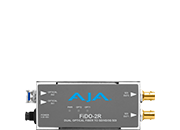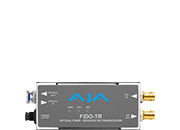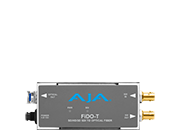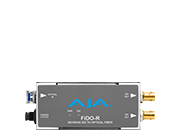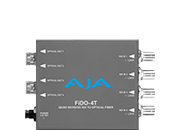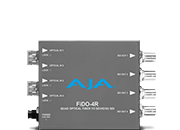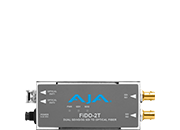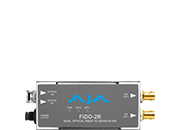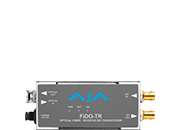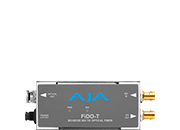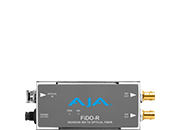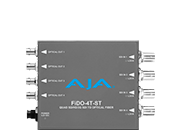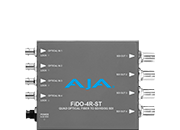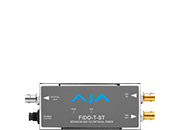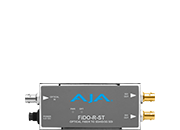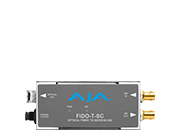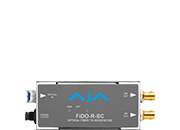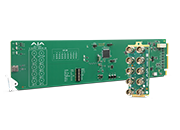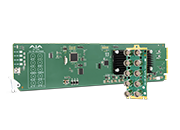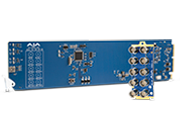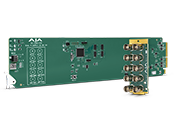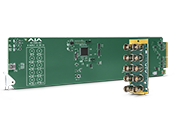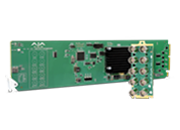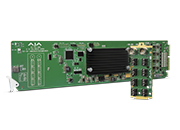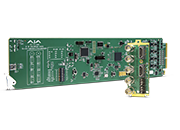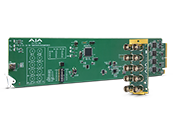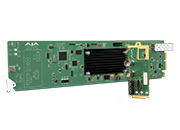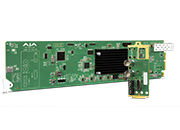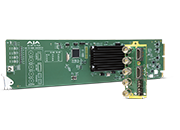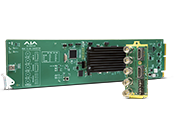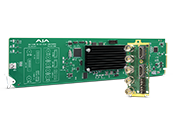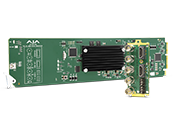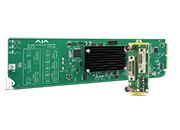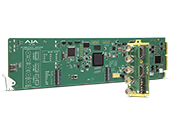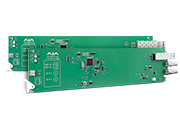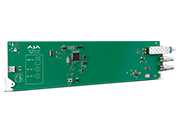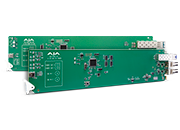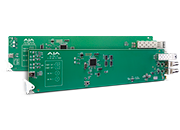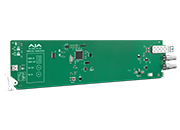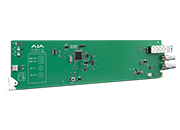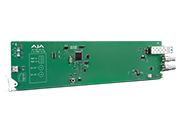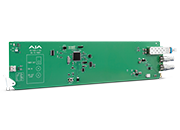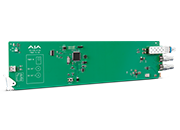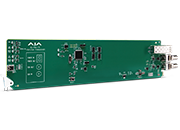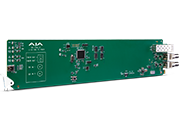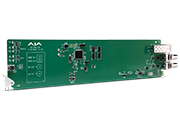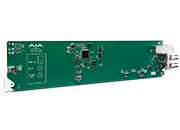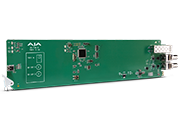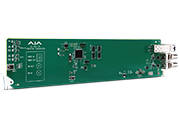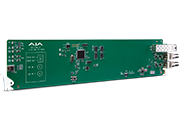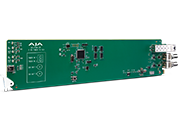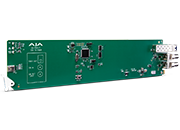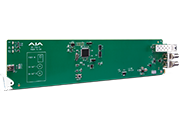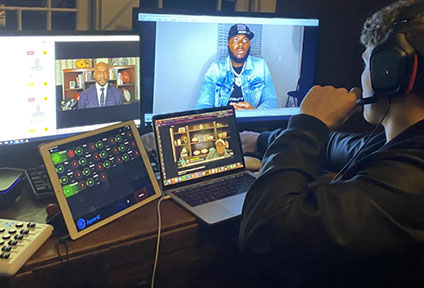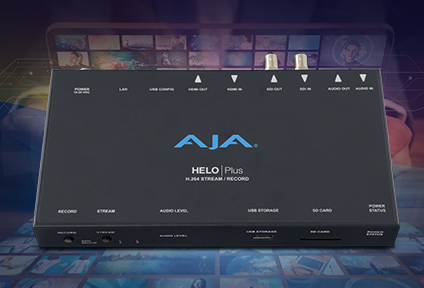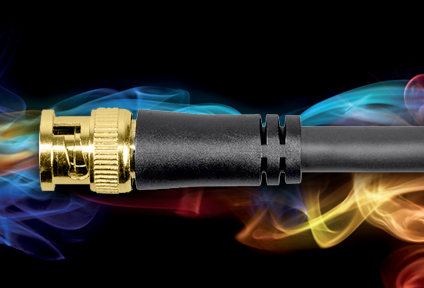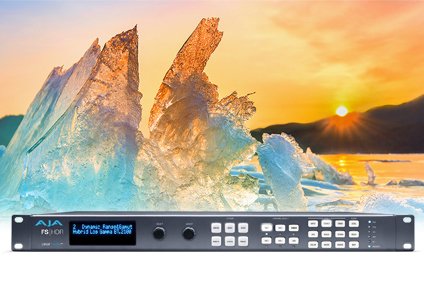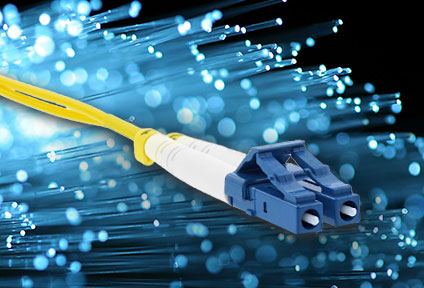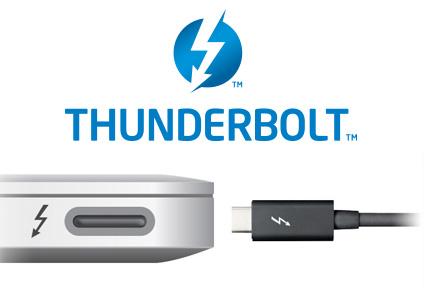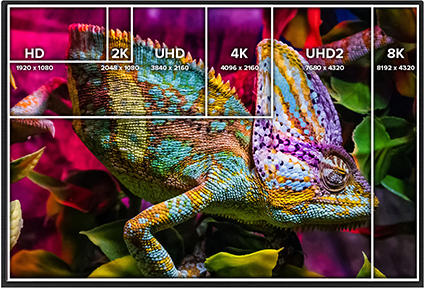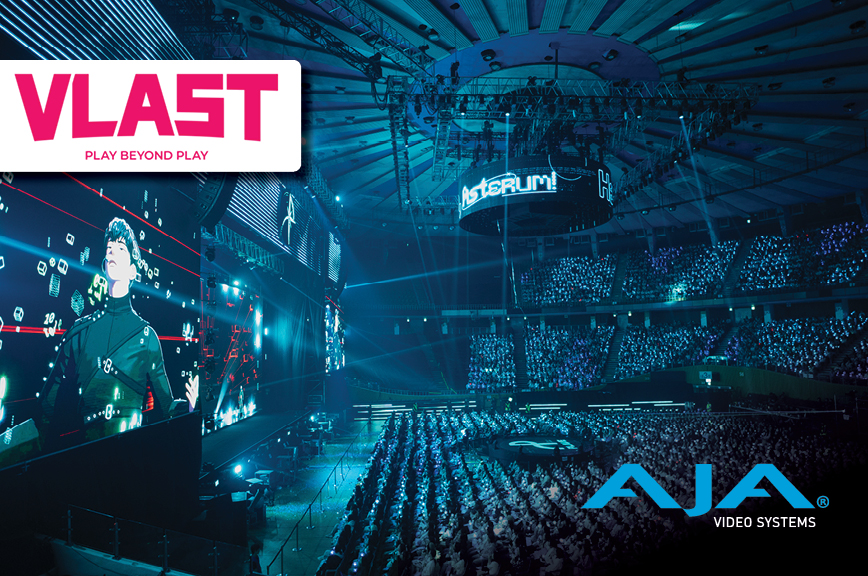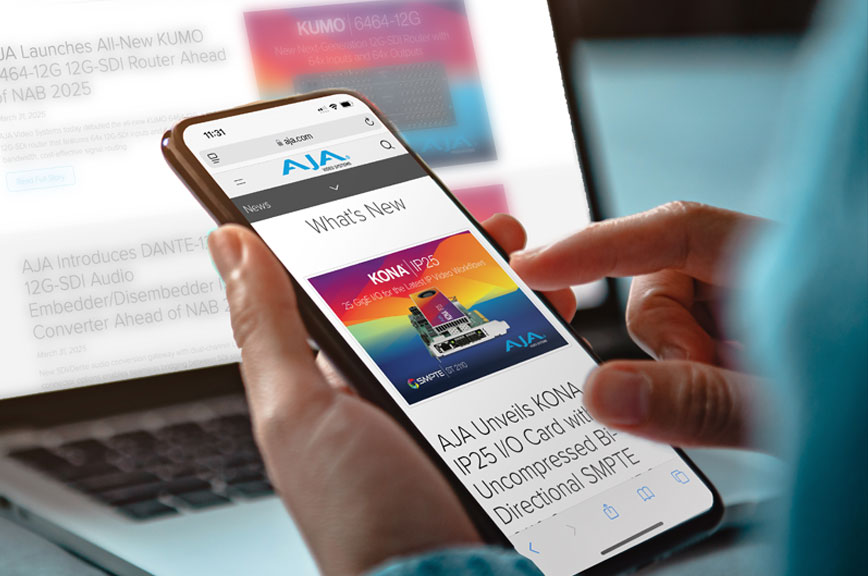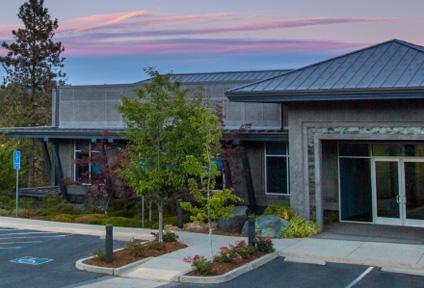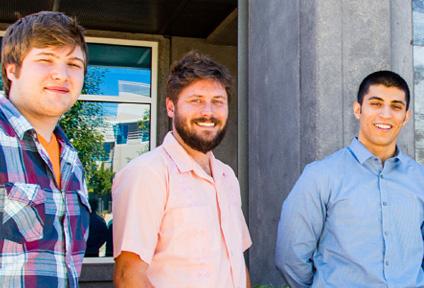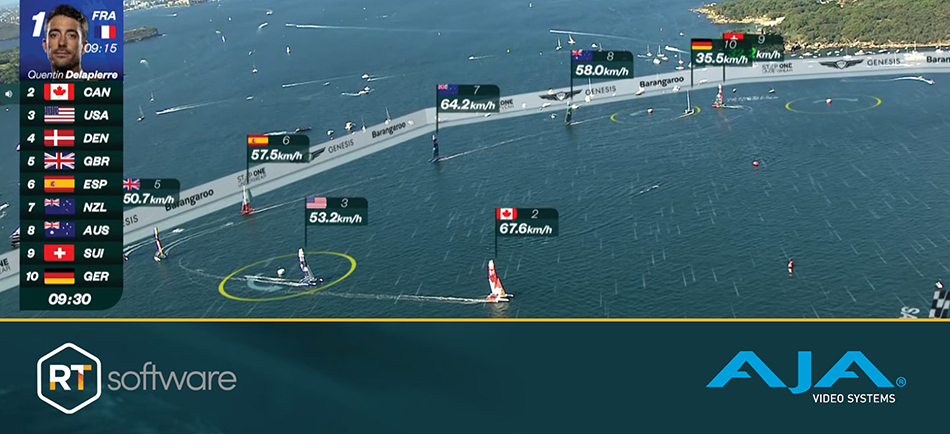RT Software Powers Live Broadcast Graphics I/O with AJA Technology
November 7, 2024
Dynamic graphics are a given for high quality live broadcasts today, but the unpredictable nature of these events creates tight timelines for operators. Access to the right tools, however, can accelerate graphics creation and playout. UK-based RT Software provides advanced graphics technology to help broadcasters around the world do just that; its customers include Sky Sports, Sky News, TNT Sports (UK), Eurosport (France), TRT (Turkey), Bell Media (Canada), SABC (South Africa), and TVNZ (New Zealand). Underpinning all the incredible graphics tools available at RT Software is the robust Swift Engine, which leverages AJA Corvid cards for SDI I/O. RT Software Marketing Manager Ian Young recently chatted with us about the company’s latest advancements, including how it’s leveraging artificial intelligence (AI) for customers and why AJA gear has been a key part of its offerings for over 20 years.
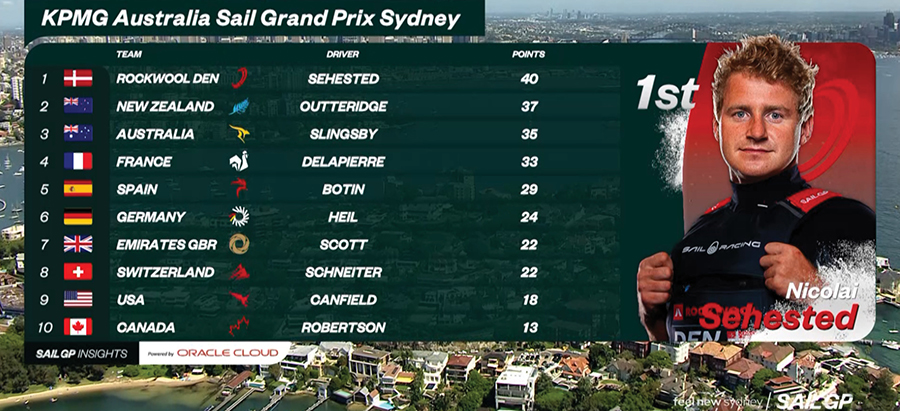
Tell us about RT Software.
The founders of RT Software worked together in research and development (R&D) at the BBC before they left to set up their own company. We’re experts in broadcast graphics, and our relatively small size enables us to be nimble for customers. The four main areas we serve are news, sports, entertainment, and channel branding, and we offer a whole bunch of different products for broadcasters to pick and choose from to create a complete solution set. Broadcasters are diverse in what they require, so we strive to be flexible and adaptable to make sure our solutions offer whatever is needed. We work with a lot of major brands, and it’s cool to see how they use our technology.
What are some of RT Software’s recent projects?
Once we hand off our systems to customers, we endeavor to make our clients self-sufficient with them, but we continue to provide any support that might be required. We work with major sports brands, including the organizer behind majorinternational catamaran races. These events are held in glamorous locales all over the world, from San Francisco to Dubai, but they are challenging to film because they are out in open water and move very fast. Helicopters are used for filming, and those signals are sent from wherever the race takes place back to London. There, an internal team runs an operation centerusing our systems to provide a wide range of graphics for those races.
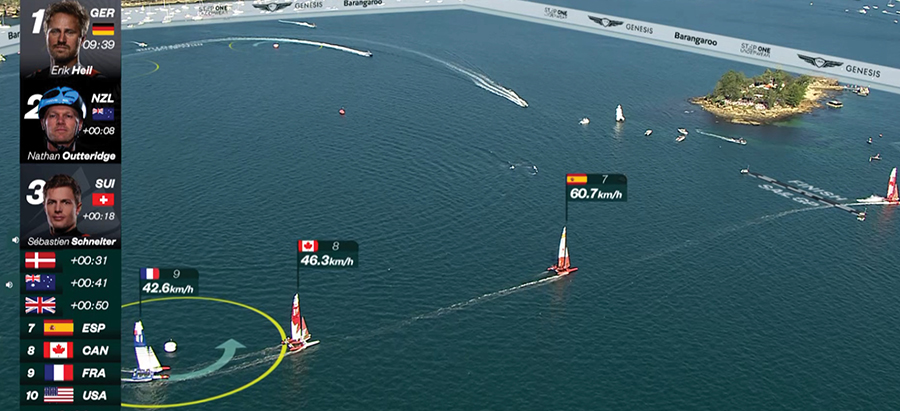
Often, this entails overlaying augmented reality (AR) graphics onto the water since the race leaders aren’t always obvious, nor is each participant’s location. It’s also tough to gauge where the start and finish lines are, so graphics are important to helpviewers understand how the race is unfolding. We also provide scorecards and timings, which come up on the broadcast so viewers can see the position of the races or team profiles. All these graphics are provided from a base in London and are powered by our Swift Engine. Race data is pushed into our system through our client’s system, which we interface to drive the graphics rendering.
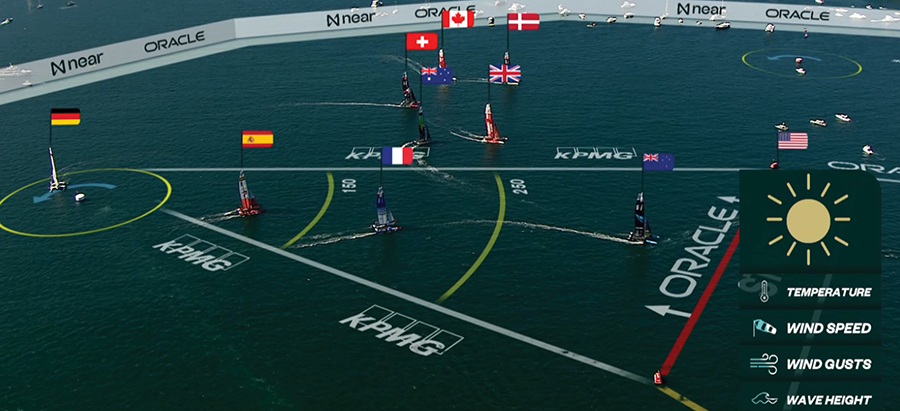
Can you walk us through a typical workflow?
For our major sports brand customer referenced earlier, which produces content in London, raw video signals come into the facility via a high bandwidth distribution network. From there, the signals are distributed into various PC-based graphics stations with our Swift Engine, AJA Corvid 88 cards for video I/O, and an NVIDIA GPU for processing. After the video comes in, gallery operators overlay the graphics. Then, the signal goes out to various television channels and is streamed online. It sounds simple, but there’s a lot of video coming in and out simultaneously, which requires quite a bit of hardware and processing power. Our broadcast customers only get one shot to get it right, so our technology must be reliable, which is why we’ve standardized on AJA SDI I/O gear.
Are your solutions custom or turnkey?
We offer both. Our turnkey solutions are pretty much a black box and provide everything the customer wants, but we can modify elements. Customers can also make their own changes to the workstations if they’d like, and we give them appropriate guidance on what add-ons meet our specifications and their needs. Since our products are used globally, sometimes it’s more financially advantageous for customers to buy their components locally and put the systems together themselves, but we always help out where we can.
What signal formats do you support?
The majority of broadcasters are still using SDI, and our AJA cards are important for managing those workflows. We are seeing a slow shift towards IP, both for uncompressed SMPTE ST 2110 and the lower bandwidth alternative of NDI, but they’re still niche. There are major hurdles for broadcasters to adopt SMPTE ST 2110, mainly because it requires big infrastructure changes unless you’re starting from scratch. Also, I think broadcast engineers are less familiar with IP workflows, whereas everyone knows SDI.
What trends are you seeing in broadcast graphics?
AI is very prevalent across the world, and we have incorporated it into our products for some time. Tactic Pro, in particular, is our telestration tool that broadcasters use for sports match analysis. It is often used for soccer, but it's also used in a wide range of other sports. It is used to provide expert insight to viewers at half-time or in post-match analysis to recap the action or illustrate alternative gameplays that could have helped a team win the match.
Previously, operators would set telestration systems up manually, which can be a laborious and time consuming process. They’d need to set up the field perspective so that graphics match the camera angle, then attach graphics to a player and move them forward step by step using manually added key frames. This approach is slow and imperfect, and you might only have 30 minutes or less to get the content on air. Within Tactic, AI handles the field setup and player tracking automatically in seconds.
Since those first AI enhancements, we have continued to deliver more AI-driven benefits to our customers. For example, with Team ID, we can now identify which team the players belong to, making attaching team formation graphics much quicker.
It’s definitely part of our company strategy to deliver benefits to our broadcast customers by freeing up time for their operators. It lets them focus on telling the best story about the gameplay to viewers at home, rather than wasting ten minutes trying to manually get the perspective just right or attaching graphics. Instead, they can devote more time to insightful analysis.
Also, being browser-based allows broadcasters to have flexibility when it comes to deployment. The processing backend can be deployed in a public cloud, private data centre, or in traditional on-prem server rooms. Wherever the processing is deployed, the user focused frontend can be accessed wherever the control room is set up. Users can still run full animated graphics previews over the network, giving them confidence before they trigger their live graphics to air. Our graphics systems are used in a wide range of environments, and in the fast moving worlds of news or sports, this ability to offer system flexibility is key to these operations remaining at the top of their game.
About Corvid 88
Corvid 88 allows developers to build solutions that enable users to maximize video and audio I/O capacity. Each SDI connection can be configured individually as input or output and mix formats for up to eight HD or SD channels on a single card. As demand rises for higher resolutions, it allows developers to combine SDI connections for multiple 4K/UltraHD channels, providing incredible flexibility and future proofing with playout and ingest servers or channel-in-a-box systems. www.aja.com/products/corvid-88
About AJA Video Systems
Since 1993, AJA Video Systems has been a leading manufacturer of cutting-edge technology for the broadcast, cinema, proAV, and post production markets. The company develops a range of powerful, flexible video interface and conversion technologies, digital video recording solutions, and color management, streaming, and remote production tools. All AJA products are designed and manufactured at our facilities in Grass Valley, California, and sold through an extensive sales channel of resellers and systems integrators around the world. For further information, please see our website at www.aja.com.
All trademarks and copyrights are property of their respective owners.
Media Contact:
Katie Weinberg
Raz Public Relations, LLC
310-450-1482, aja@razpr.com
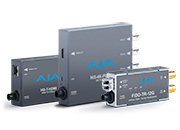 Mini-Converters
Mini-Converters
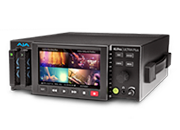 Digital Recorders
Digital Recorders
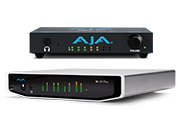 Mobile I/O
Mobile I/O
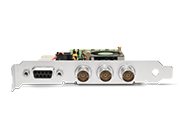 Desktop I/O
Desktop I/O
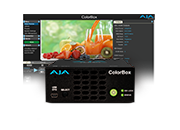 Color
Color
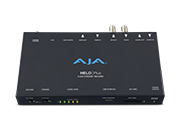 Streaming
Streaming
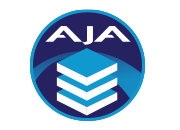 AJA Diskover ME
AJA Diskover ME
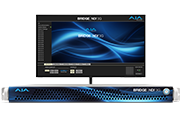 IP Video/Audio
IP Video/Audio
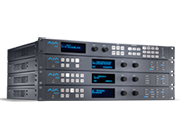 Frame Sync
Frame Sync
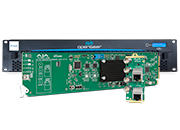 openGear
openGear
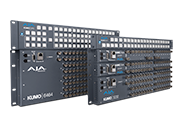 Routers
Routers
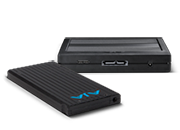 Recording Media
Recording Media
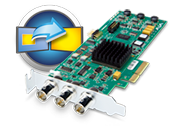 Developer
Developer
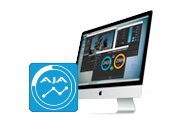 Software
Software
